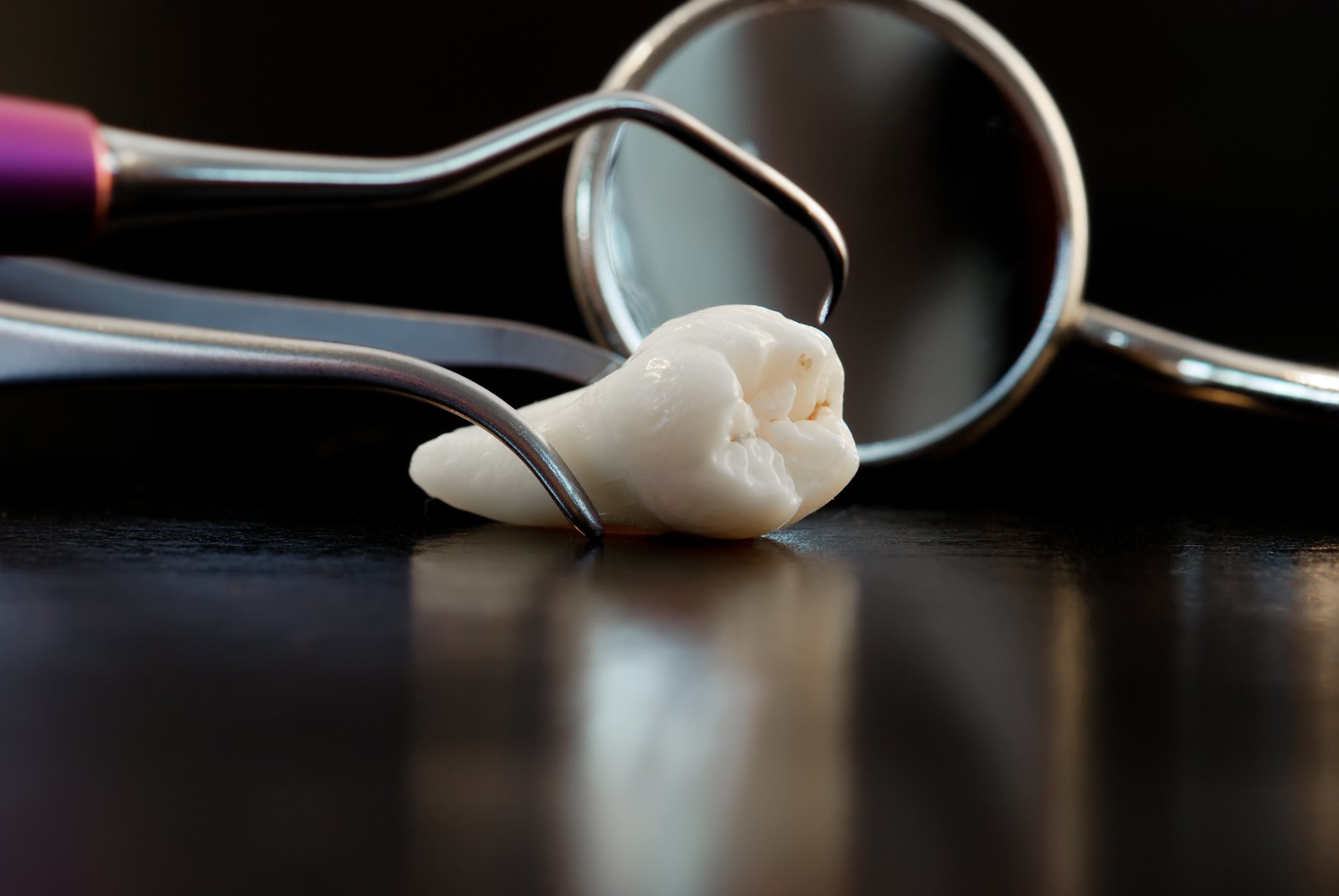Most people associate tooth extractions (complete removal of a tooth from its spot in the jawbone) with wisdom teeth or if space is needed in preparation for orthodontia (braces or retainers). However, at Beulah Family Dentistry, we perform extractions on patients for various other reasons, including damage or decay when the tooth cannot be repaired with a filling or a crown. Radiation and chemotherapy patients may also need teeth extracted if their treatments to the head/neck area cause a tooth to become severely infected.
Regardless, if you need a tooth extraction by one of our experienced dentists, we’ve developed an overview of what to expect below.
The Procedure
As general dentists, we perform simple tooth extractions as outpatient procedures in our office. We begin with a local numbing anesthetic; under certain circumstances, anti-anxiety medication or conscious sedation may also be administered. Some bleeding is normal, and, in most cases, patients can use over-the-counter pain medication for pain management after the procedure. After the initial 24-hour healing period, patients can gradually resume normal activities.
Potential Complications & Issues
The most common complication from the procedure is when a blood clot fails to form or breaks off too soon from the extraction site, resulting in “dry socket.” This condition can be painful as the underlying bone is exposed, so it should be treated as soon as possible. Patients may also experience soreness in their jaw from the anesthesia or straining to keep the mouth open during the procedure.
In rare cases, lips and/or the chin can become numb for several months if a nerve is traumatized during the procedure. Although it is unlikely in those with healthy immune systems, infections are also a potential complication.
Recovery & Aftercare
The recovery period is typically just a few days, although it could take up to two weeks to fully heal from having a tooth extracted. While it is essential to follow the specific instructions you are provided post-procedure, here are a few general tips to help make the recovery process easier:
- Stick primarily to liquids until any anesthesia wears off, and then limit your diet to soft foods like Jell-O, soup, pudding, yogurt, mashed potatoes, scrambled eggs, etc., for the first few days. You can resume a regular diet once the socket heals but avoid hard foods until you fully recover.
- You can brush and floss normally, avoiding the open socket for the first day after the procedure. You should be able to resume routine oral care two days after the procedure.
- Do not smoke; drink through a straw or rinse your mouth vigorously for at least 24 hours. However, you may gently rinse your mouth with a saltwater solution (8 oz. warm water, ½ tsp. salt).
- You should contact your dental professional immediately if you have unusual symptoms that could be a sign of infection or something more serious. These symptoms include nausea or vomiting, fever and chills, redness, swelling, excessive discharge or coughing. You should seek immediate medical attention if you have trouble breathing or chest pains.
For additional information on extractions, check out the American Dental Association (ADA)’s video in the link below:
